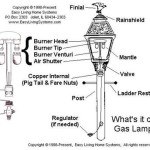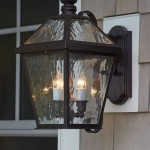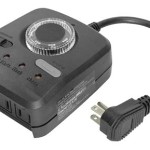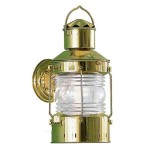How To Paint On Concrete: Step-by-Step Guide to Perfect Outdoor Finishes
Transforming concrete surfaces with paint can elevate the aesthetic appeal of outdoor areas, creating vibrant and long-lasting impressions. Painting concrete requires specific techniques and materials to ensure optimal adhesion and durability. In this comprehensive guide, we will delve into the essential steps and considerations for painting concrete outdoors to achieve flawless results.
Preparation Is Key: Cleaning and Repairing the Surface
Prior to applying any paint, it is crucial to prepare the concrete surface thoroughly. Begin by removing dirt, debris, and any existing coatings using a pressure washer or a stiff brush with a cleaning solution. Address cracks and holes promptly by filling them with a concrete patching compound. Allow the repairs to cure completely before proceeding.
Choosing the Right Paint: Selecting Quality Products
The selection of paint is pivotal for successful painting on concrete. Opt for paints specifically formulated for outdoor use, as they are designed to withstand the elements and resist fading. Look for paints with high solids content, which provide better coverage and durability. Consider epoxy paints or concrete stains for enhanced protection and longevity.
Applying the First Coat: Setting the Foundation
Once the surface is prepared and the paint is chosen, apply a thin and even first coat. Use a paint roller or brush, working in small sections at a time. Ensure that the first coat is applied in the direction of the concrete joints to prevent cracking. Allow the first coat to dry completely before applying subsequent coats.
Second Coat: Building Depth and Coverage
After the first coat has dried, proceed with the second coat. Apply it in a perpendicular direction to the first coat, ensuring complete coverage. This cross-hatching technique provides added strength and durability to the paint finish. Allow the second coat to dry thoroughly before evaluating the need for any additional coats.
Seal the Finish: Enhancing Protection
To safeguard the painted surface from the elements and increase its longevity, apply a clear sealant after the final coat has dried. Choose a sealant specifically designed for concrete, which will create a protective barrier against moisture, UV rays, and abrasion. Allow the sealant to cure completely before using the painted surface.
Additional Tips for Success: Enhancing Your Results
For optimal results, consider the following additional tips:
- Test a small area first: Always test the paint and sealant in an inconspicuous area to ensure compatibility and desired results.
- Use proper ventilation: Adequate ventilation is essential while painting and applying sealant.
- Apply in dry conditions: Favorable weather conditions with low humidity and no rain are ideal for painting concrete outdoors.
- Allow ample drying time: Patience is key. Allow each coat to dry fully before applying the next to ensure proper adhesion.
- Clean brushes and rollers promptly: To prevent paint buildup and ensure optimal performance, clean brushes and rollers thoroughly after use.

How To Paint A Concrete Porch Or Patio

How To Paint A Concrete Porch Or Patio

Painted Concrete Slab And Brick Pavers One Year Later So Much Better With Age

How To Paint A Concrete Porch Or Patio

Backyard Makeover How To Paint Concrete Look Like Oversize Pavers A House Full Of Sunshine

How To Paint A Concrete Patio Exquisitely Unremarkable
:max_bytes(150000):strip_icc()/faux-painted-rug2-5d0d2b1a8ddd4c60a39ffd329840874e.jpg?strip=all)
15 Painted Concrete Patio Designs

Best Outdoor Paint For Concrete And Patios The Home Depot

Everything You Need To Know About Exterior Concrete Paint
:max_bytes(150000):strip_icc()/cement-tile-1-of-1-683x1024-f5a283b105e04abf8729e7390f9148bc.jpg?strip=all)
15 Painted Concrete Patio Designs
Related Posts







